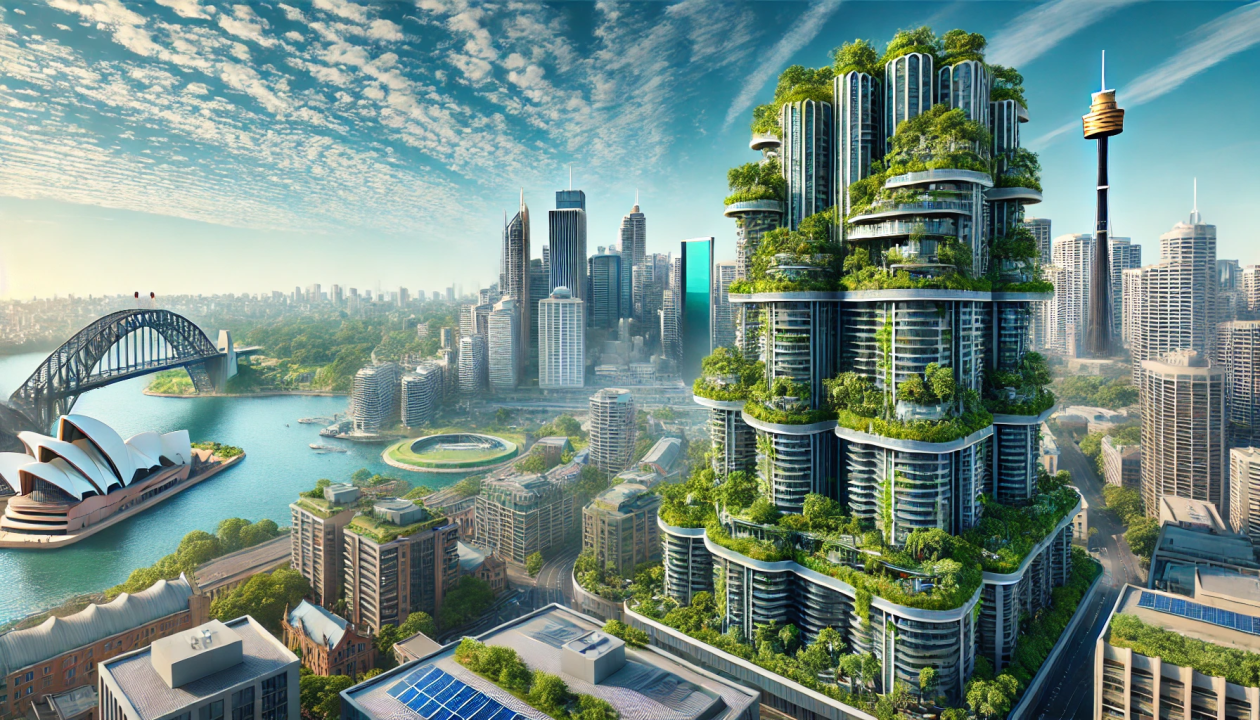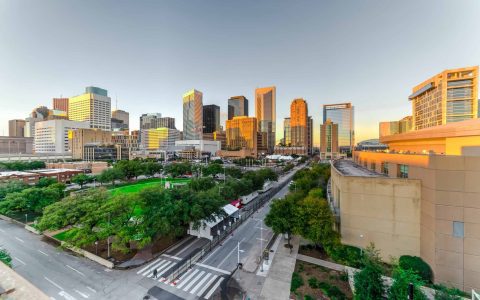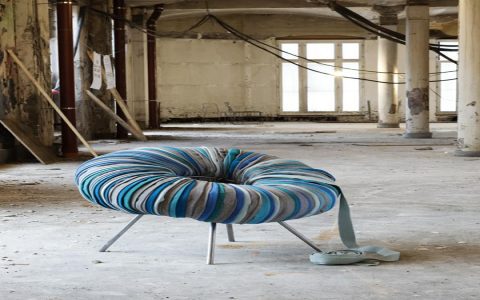Green concept skyscrapers integrate advanced eco-friendly designs to slash carbon footprints, water usage, and resource depletion, transforming urban landscapes into sustainable hubs.
Key Eco-Friendly Design Strategies
Implementing passive and active systems minimizes energy demands. For instance, photovoltaic panels harness solar power, while optimized glazing and natural ventilation reduce heating/cooling loads by up to 40%.
- Water Recycling: Rainwater harvesting and greywater systems cut consumption by 50%.
- Sustainable Materials: Recycled steel, low-carbon concrete, and certified timber lower embodied carbon.
- Green Infrastructure: Living walls and roofs absorb CO2, enhance biodiversity, and combat urban heat islands.
Environmental Impact Reduction
Operational efficiencies achieve near-net-zero energy, lowering emissions. For example, vertical forests sequester tons of CO2 annually, mitigating climate effects with measurable reductions in building-related pollution.






